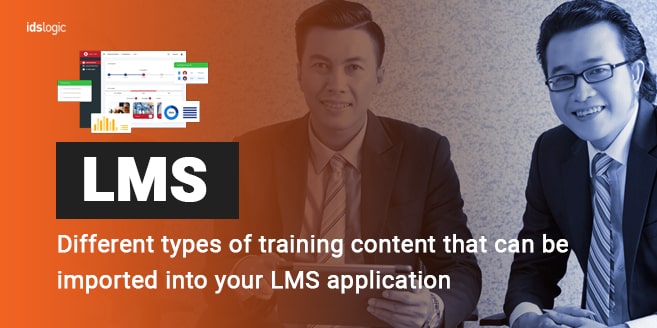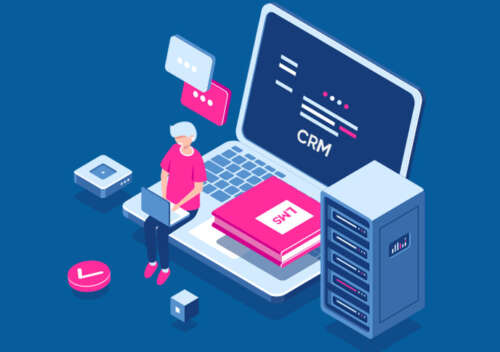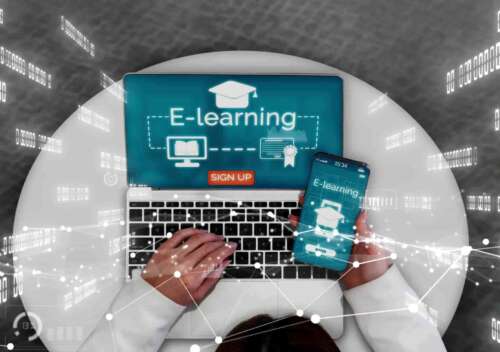Going online with courses and training materials is rampant for educational organizations and corporates offering training. It is due to this that eLearning is going to stay for a long time here. If you are using a learning management system in order to assist your workforce with training processes at your organization, then one thing that might strike you is what kinds of training materials can be used into your LMS development?
As an instructional designer or an LMS administrator, it is your job to offer the best digital learning experience through your LMS. Hiring the best LMS development company can ensure that your application accommodates to all the complexities of your organization. But this again needs extensive knowledge to maximize the functionality within these platforms.
Here in this blog, I will help you to identify the various ways to deliver your LMS training in the most effective manner and discuss the components that can keep your learners engaged.
Deliver eLearning Courses Using LMS
When you plan for online training and LMS, then it’s natural to think of eLearning courses. Since the courses help to include the training content, exercises, practice questions and also test the performance of the student, it is one the best means to deliver materials via your Moodle projects. There are various options available for courses like you can purchase existing courses, create your own courses or even commission a vendor to create courses for your company.
Recorded Webinars:
If you are delivering corporate training or product description via your LMS application, then you can record sessions from your webinars and then upload the video files to your LMS. Most webinars and seminars have the functionality to record events, but always ensure that the presenter uses a high quality microphone so that your final video can be great. Once the entire session is recorded, you will have the option to upload it on your LMS so that others can use it to gain more information. To improve the user experience, you can break the webinar into smaller and bite sized modules, so that it is easy for the users to understand and does not involve a longer time period.
Also Read: Why Academic Institutes Should Choose LMS to Drive Talent Development and Management
PowerPoint Presentations:
Trainers often take the help of PowerPoint presentations to make the learning process easier. Visuals are more effective than texts, so you can use various, relevant presentations to enhance your e-learning course. Moodle LMS helps you to import these into your program and then allow the students or employees to view them online according to their time preferences.
Audio and Video Files:
Most LMS development companies try to use videos or at least include the links to videos that are on sites like YouTube. Links to such videos help to share information and allow employees to view them at any time. Some LMSs can help to manage by automatically converting the file of any type to a preferred video file and keep the learners or employees informed about latest data or information. Not only videos, you can also load audio files and use them during the training purpose.
To successfully deliver your eLearning content, it is important to use an LMS platform that can help you to deliver, host and support your courses. Delivering the content need not be a complex process, but you should be aware of the technical standards that are needed for seamless integration. Using different types of content can help to keep your learners engaged and help in interaction.
Also Read: LMS Security Tips That Can Keep Your Data Safe from The Hackers




